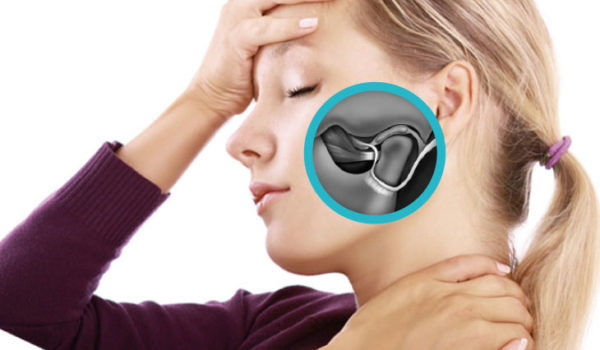
Gnathology and posturology are intertwined because the former is an integral part of the latter. The holistic approach we have always devoted to the patient leads us to consider the body as a whole since the mouth is not a separate body district: if the mouth is not in balance, many so-called “cascade” dysfunctions affect other areas of the body such as the head, neck, back, pelvis, knees, and feet.
That is why we increasingly promote a global approach thanks to the skills of posturologist dentists who evaluate the mouth in a postural perspective to find the balance between function and correct vertebral alignment.
Have you ever thought that your persistent headaches, especially upon waking up, cervical pain, or back pain may depend on your teeth? Do you notice joint noises that resemble a “click” when you open and close your jaw?
In this case, a gnathologist dentist, perhaps also an expert in posturology like Dr. Leonella Caliari, can be of great help to you.
What does GNATHOLOGY investigate?
Gnathology is that branch of Dentistry that deals with the physiology and pathology of the stomatognathic system. In simple words, it studies and treats the pathologies that affect the mouth, the temporomandibular joint with the skull, and the masticatory mechanisms that can manifest painful muscular and/or articular conditions, the so-called temporomandibular disorders. The gnathologist dentist, in some cases together with other figures such as the otorhinolaryngologist, neurologist, or physiotherapist, by evaluating the interaction of the mouth and its joints with the rest of the body, can identify the most appropriate treatment.
If neglected, alterations such as occlusal problems between dental arches, problems with the temporomandibular joint, and bruxism can generate muscle and joint tensions and/or imbalances, which reflect on the postural system, causing very serious postural disorders over time.
Usually, painful dysfunctions manifest themselves with localized pain in the masticatory muscles or pre-auricular area, they can limit the opening of the mouth and sometimes give rise to joint noises. Often, then, they are associated with pain in the maxillary structures, headaches, and earaches.
Factors associated with these temporomandibular disorders are emotional stress and parafunctional activities such as sleep bruxism or dental clenching; other times an incorrect occlusion, altered traumatic contacts, traumas, and distortions of the cervical spine.
How to manage a gnathological problem?
During the gnathological visit, the specialist will deepen the patient’s medical history and carry out an intra-oral and extra-oral clinical evaluation. In some cases, he may request magnetic resonance of the joints as an aid in defining the diagnosis.
The therapeutic approach generally involves the use of removable intra-oral devices such as the gnathological bite, associated with behavioral advice and physiotherapy, which give satisfactory results. For some years now, the use of devices such as Taopatch and gnathological bite that release the muscles and reduce inflammation allows us to solve or reduce, together with the gnathological bite, pain and muscle stress.
However, if a conservative approach is not sufficient, orthodontic, prosthetic or surgical therapy may be considered.
POSTUROLOGY
If we consider that a malocclusion can lead to assuming a wrong position of the head and cervical spine, it is evident how problems on the entire posture of the body may arise from it. A complete investigation of the patient’s posture, which knows how to analyze the correlation between the mouth and the body, is essential to solve painful pathologies in the long term.
Posture, in fact, represents a unique and complex system whose main receptors are the mouth, the eye, the foot, the ear, and the TMJ joints.
Hence the need to offer the patient a complete answer that includes postural analysis in orthodontic therapy.
Discover how we carry out the postural visit, what instrumental equipment we use, such as the stabilometric platform, and with which devices we intervene: Taopatch and gnathological bite.
